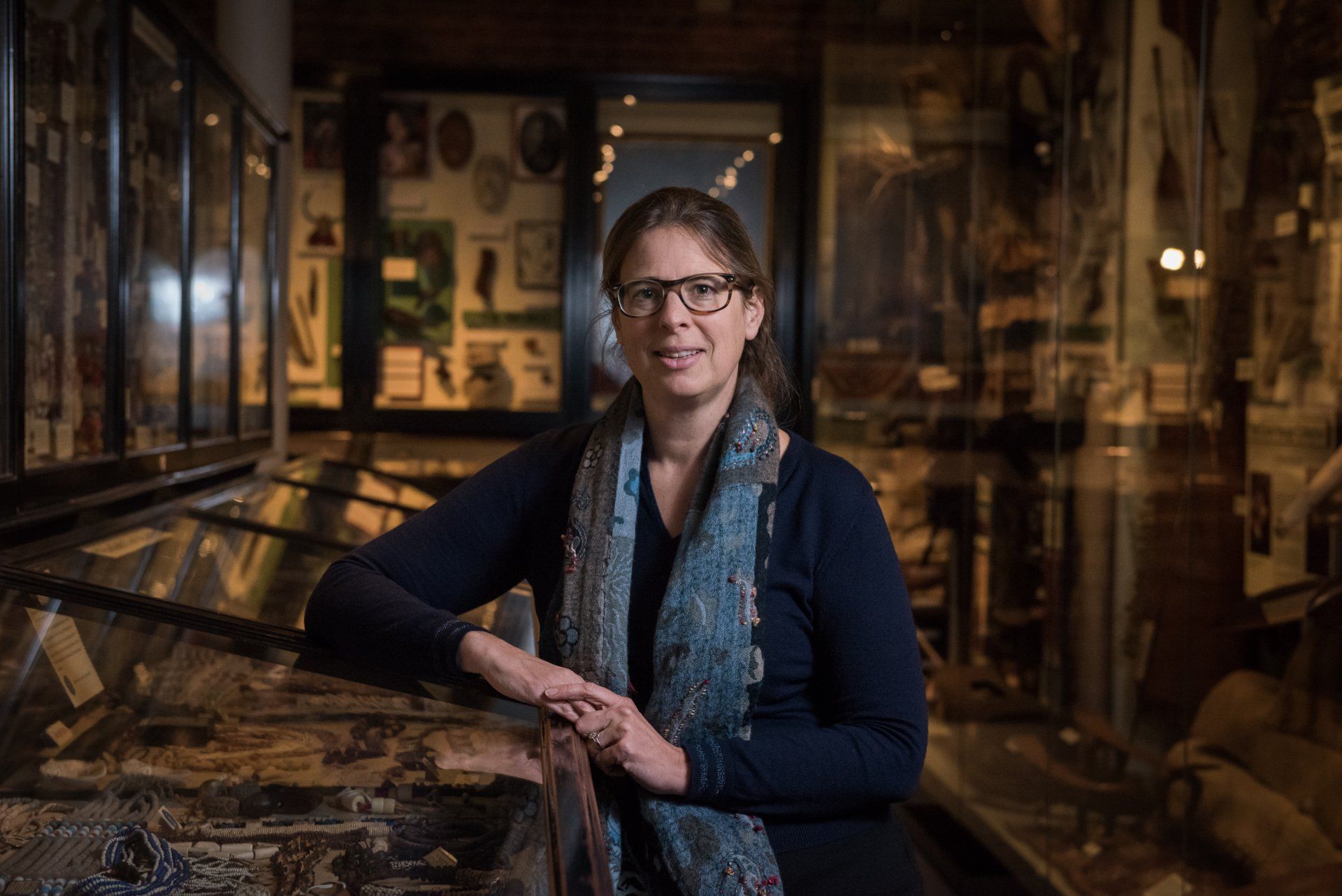Cultural Restitution
SHARE ARTICLE
Museums have been listening. Now, the Pitt Rivers is leading the way and is beginning to act.
Over the last few months, there’s been mounting evidence of important breakthroughs in the move to decolonise museum and public collections.
The Black Lives Matter movement has been a major catalyst for some of these developments. Scores of protests have triggered multiple local initiatives to re-label or remove statues of figures connected to slavery. This month, First Minister Nicola Sturgeon committed the Scottish government to sponsor an independent expert group that will recommend how Scotland’s existing and future museum collections can better recognise and represent a more accurate portrayal of their colonial and slavery history.
“The Black Lives Matter movement has highlighted the critical need to understand and act on the racial injustice and colonialism that is still prevalent today,” says Lucy Casot, CEO of Museums Galleries Scotland.
But other initiatives are the result of longer-term strategic reviews, kicked off several years ago and now beginning to bear fruit.
In April we featured The Horniman Museum’s project, Rethinking Relationships and Building Trust around African Collections, an initiative involving engagement with the Museum’s local Nigerian diaspora that will help decide the future of, among other things, the Museum’s collection of Benin artefacts.
This week, the Pitt Rivers Museum in Oxford, one of the leading museums of anthropology, ethnography and archaeology in the world and a partner in the Horniman project, announced they’ve used the lockdown to make significant changes to how they display some of their more contentious objects, in particular, their extensive collection of tsantsas (‘shrunken’) heads and other human remains.
The Pitt Rivers initiative is not a result of recent protests, even though the Museum has been a site of protest. Instead, it’s the result of a wider ethical and strategic review of their displays and programming, launched in 2017 to enable the Museum to engage more deeply with their colonial legacy.
“With the Museum’s complicated colonial history, it was important for us to lead this Ethical review and to ensure we did not shy away from difficult conversations", explains Pitt Rivers Director, Laura Van Broekhoven.
The review identified and prioritised those displays requiring the most urgent attention. Grabbing headlines are their decisions to re-model displays involving human remains and to remove their collection of tsantsa into storage.
“Our research has shown that visitors often saw the Museum’s displays of human remains as a testament to other cultures being ‘savage’, ‘primitive’ or ‘gruesome’", says Van Broekhoven. “Rather than enabling our visitors to reach a deeper understanding of each other’s ways of being, the displays reinforced racist and stereotypical thinking that goes against the Museum’s values today”.
Their removal brings the Museum into line with wider museum guidelines on the treatment of human remains.
For the Pitt Rivers though, decolonisation was always going to be a huge challenge. Formed during a period of British Imperial expansion, the Museum’s interpretation of thousands of objects with difficult histories using outmoded labels has remained largely unchanged; their presentation in a quirky labyrinth of wooden display cases is endearing but crowded and hard to navigate.
Given the scale of the task ahead of them, changes won’t come quickly. They’ll be “part of a long-term programme of curatorial work that will engage many stakeholders and stretch out over years, probably decades to come,” says Van Broekhoven.
Neither is the Museum under-estimating the far-reaching implications of its review. Resolving restitution issues involves a great deal of collaboration with different communities over a long period of time. Nevertheless, they seem committed to resolving the future of the 2,800 human remains in their collection. This may lead to some human remains being returned, others cared for differently and others re-displayed.
They also hope that ’new voices’ involving local community and youth delegates, as well as country stakeholders from different parts of the world, will bring new insights and life to their displays. New labels, films and podcasts will offer new interpretations, replacing historical labels, which the Museum recognises have obscured a deeper understanding of other cultures and provided a limited insight into complex historical processes.
“What we are trying to show is that we aren’t losing anything but creating space for more expansive stories,” explains Research Associate Marenka Thompson-Odlum. “That is at the heart of decolonisation. We are allowing new avenues of story-telling and ways of being to be highlighted”.
The Pitt Rivers claims their programme is one of the most pioneering approaches in decolonisation at any UK museum. It certainly underlines the importance of adopting an ethical perspective to a sensitive problem. Until the Decolonisation Guidance Working Group, set up by the Museums Association, completes their work (due next year), Pitt Rivers has set a new standard for others to follow.
Photo: Original case featuring human remains
Courtesy of Pitt Rivers Museum, University of Oxford
Photo: Dr Laura Von Broekhoven
Courtesy of John Cairns
More News




